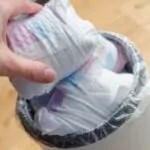What Are Diaper Inserts And How To Use Them?
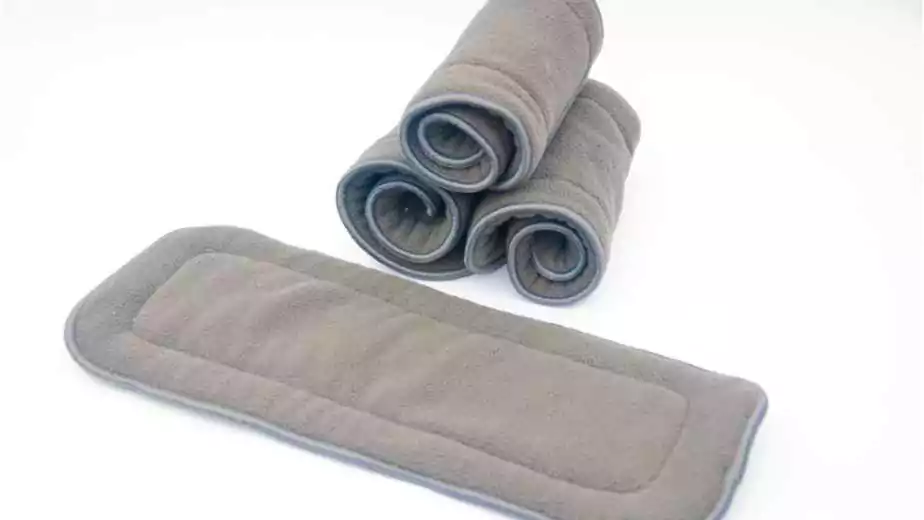
Parenting is filled with challenges, including understanding the myriad of baby products available. Diaper inserts are one such essential item, crucial for your baby’s comfort but often overlooked due to their seeming simplicity. These inserts are key in boosting the effectiveness of cloth diapers by providing extra absorbency and protection. With a wide variety of types, materials, and sizes, selecting the right diaper insert can be a daunting task. This guide simplifies the complexity of diaper inserts, helping you choose the best option based on your lifestyle, budget, and baby’s needs. We aim to provide you with comprehensive insights into the different types of inserts, and how to select and use them effectively, ensuring a comfortable experience for your baby and ease for you in this parenting journey.
1 What Are Diaper Inserts?
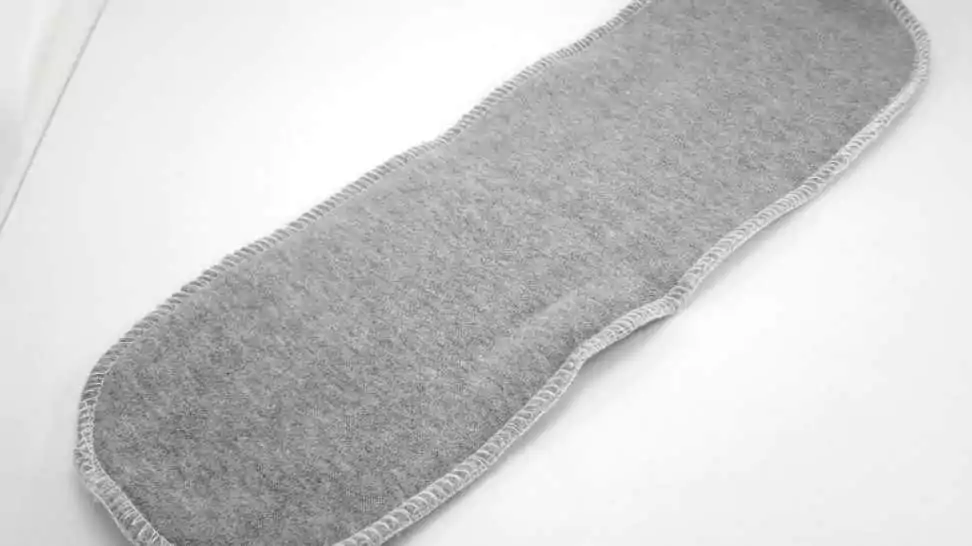
At their core, diaper inserts are layers of absorbent material used in conjunction with cloth diapers to provide additional protection against leaks. Unlike the cloth diaper, which serves as the outer shell, inserts are designed to be placed inside the diaper to soak up moisture, keeping your baby’s skin drier and more comfortable. This is especially crucial for extended periods such as night time or during long trips, where frequent changes might not be feasible.
The primary purpose of diaper inserts is to enhance the absorbency of cloth diapers. While cloth diapers themselves do offer a certain level of absorbency, inserts amplify this capability, ensuring that moisture is effectively drawn away from the baby’s skin. This not only helps in keeping the skin dry but also reduces the likelihood of diaper rashes, a common concern among parents.
Different Types of Diaper Inserts
When it comes to the types of diaper inserts, parents are greeted with a variety of materials, each with its unique properties:
- Microfiber Inserts: Known for their quick absorbency, microfiber inserts are a popular choice. They are made from a synthetic material that traps moisture efficiently. However, they should not be placed directly against the baby’s skin as they can cause dryness.
- Bamboo Inserts: Bamboo inserts are praised for their natural, soft fibres that are gentle on the skin. They offer good absorbency and are more breathable compared to synthetic options.
- Cotton Inserts: Cotton is a classic choice, revered for its natural, hypoallergenic properties. Cotton inserts are durable and easy to clean, though they may not be as absorbent as other materials.
- Hemp Inserts: Known for their high absorbency and durability, hemp inserts are a great option for heavy wetter’s. They are also environmentally friendly but can be slower to dry.
Each of these materials has its pros and cons, and the choice often depends on your baby’s needs, your environmental concerns, and budget considerations.
Comparison Between Cloth and Disposable Inserts
In the realm of diaper inserts, another distinction to be made is between cloth and disposable options. Cloth diaper inserts, as outlined above, are reusable and come in various materials. They require regular washing and care but are cost-effective in the long run and eco-friendly.
Disposable inserts, on the other hand, offer the convenience of being single-use. They are typically made of absorbent chemicals and materials and are ideal for situations where laundering cloth inserts is not feasible. However, they are less environmentally friendly and can be more expensive over time.
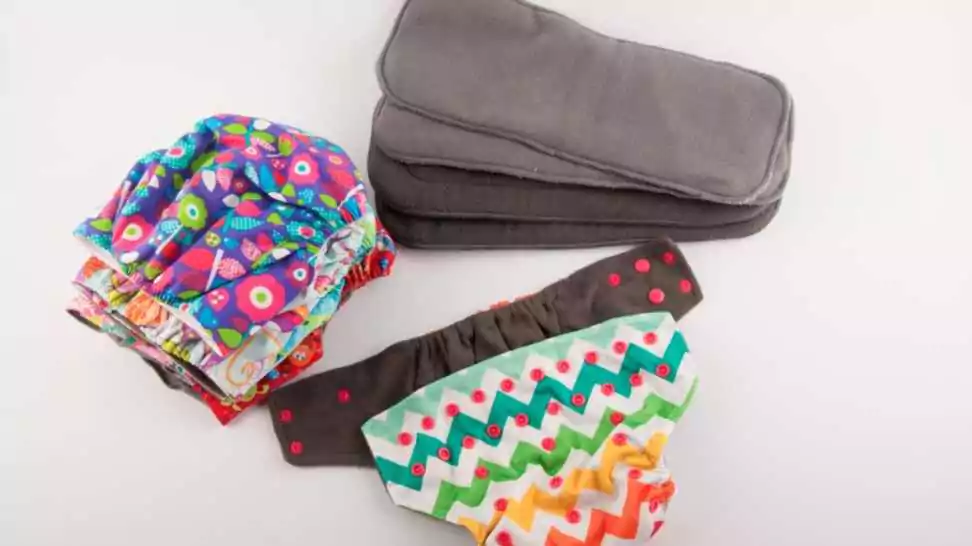
2 How Do Cloth Diapers with Inserts Work?
The Cloth Diaper System
The cloth diaper system is a reusable, eco-friendly alternative to disposable diapers. It consists of two main components: the cloth diaper itself, which is the outer layer, and the insert, which is placed inside the diaper for added absorbency.
Cloth diapers come in various styles, such as pocket diapers, all-in-ones, and covers with inserts. The primary function of the cloth diaper is to hold the insert in place and prevent leaks. The outer layer is often made of a waterproof material, while the inner layer is designed to be soft and gentle against the baby’s skin.
Placing Inserts in Cloth Diapers
Inserting the insert into the cloth diaper is a straightforward process, but it can vary slightly depending on the type of cloth diaper you are using:
- Pocket Diapers: These diapers have a pocket where the insert is placed. Simply slide the insert into the pocket. The insert should lay flat and cover the entire area to ensure even absorption.
- All-in-Ones: These diapers typically come with a sewn-in insert, but you can add an insert for extra absorbency. Place the additional insert on top of the sewn-in one.
- Covers with Inserts: In this system, the insert lays directly against the baby’s skin, covered by the waterproof diaper cover. You can fold the insert to fit the cover properly and position it to provide the best coverage.
It’s important to ensure that the insert is properly placed to prevent any leaks or discomfort for your baby.
Advantages of Using Cloth Diapers with Inserts
Cloth diapers with inserts offer several advantages:
- Eco-Friendly: Cloth diapers reduce waste compared to disposable diapers, making them an environmentally friendly choice.
- Cost-Effective: While the initial investment in cloth diapers might be higher, they are more economical in the long run since they are reusable.
- Adjustable Absorbency: The ability to add or remove inserts allows for customizable absorbency, making them suitable for day and night use.
- Gentle on Skin: Cloth diapers, especially when paired with natural fibre inserts, are often gentler on the baby’s skin and can reduce the risk of diaper rashes.
- Fashionable and Fun: Cloth diapers come in a variety of colours and patterns, adding a fun element to diapering.
- Reduced Chemical Exposure: Cloth diapers with inserts usually contain fewer chemicals than disposable diapers, which is a significant consideration for many parents.
3 The Lifespan of Cloth Diaper Inserts
How Long Do Cloth Diaper Inserts Last?
The lifespan of cloth diaper inserts can vary significantly based on the material, usage, and care. Generally, high-quality cloth diaper inserts can last anywhere from 6 months to several years. The key to longevity is proper care and usage. Natural fibres like cotton, hemp, and bamboo tend to have a longer lifespan compared to synthetic materials like microfiber.
Factors Affecting Durability
Several factors can impact the durability of cloth diaper inserts:
- Material: Natural materials like hemp and bamboo are more durable than synthetic ones. Hemp, for instance, is known for its strength and can withstand numerous washes.
- Frequency of Use: The more frequently an insert is used and washed, the quicker it will wear out. Having a larger rotation of inserts can help in reducing wear and tear.
- Washing Practices: Harsh detergents, high temperatures, and frequent tumble drying can shorten the life of diaper inserts. Gentle washing and air drying can extend their lifespan.
- Quality of the Insert: Higher quality inserts might be more expensive initially but tend to last longer, making them more cost-effective in the long run.
Tips for Maintenance and Extending Lifespan
To maximise the life of your cloth diaper inserts, consider the following tips:
- Follow Washing Instructions: Adhere to the manufacturer’s instructions for washing and drying. Use a mild, cloth diaper-friendly detergent and avoid fabric softeners, which can reduce absorbency.
- Rotate Your Stash: Having a good number of inserts in rotation means each one is washed less frequently, reducing wear and tear.
- Proper Storage: Store inserts in a cool, dry place when not in use. Avoid storing them in plastic bags or containers, which can lead to mildew.
- Pre-Wash New Inserts: Pre-washing new inserts can increase their absorbency. Natural fibres, in particular, need several washes before reaching maximum absorbency.
- Treat Stains Promptly: Address stains quickly to avoid setting them in. Sunning is an excellent natural method for removing stains.
- Check for Damage Regularly: Inspect your inserts for any signs of wear, such as thinning or tearing, and replace them as necessary.
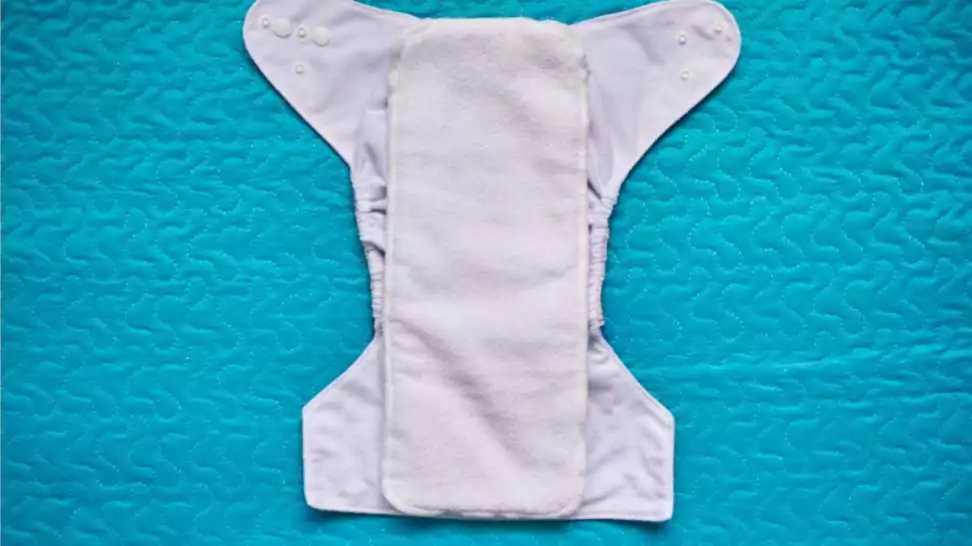
4 Sizing and Usage: How Many Cloth Diaper Inserts Do I Need?
Guide Based on Baby's Age and Size
The number of cloth diaper inserts you’ll need largely depends on your baby’s age, size, and how often you plan to do laundry. Here’s a general guideline:
- Newborns (0-3 months): Newborns typically require more frequent changes, about 10-12 times a day. Considering this, if you plan to wash diapers every other day, you’ll need about 20-24 inserts.
- Infants (3-6 months): As babies grow, the frequency of diaper changes usually decreases. You might need around 6-8 diaper changes per day, so 12-16 inserts would be sufficient for washing every other day.
- Older Babies (6 months and up): Older babies might need 4-6 changes per day. Therefore, 8-12 inserts would be adequate for an every-other-day laundry schedule.
Tips for Efficient Usage and Rotation
- Establish a Rotation System: Keep a steady rotation to ensure equal wear and tear on all inserts. This system also helps you keep track of which inserts have been used most frequently.
- Adjust as Needed: Be flexible and adjust the number of inserts based on your baby’s changing needs, such as increased overnight wetness or during growth spurts.
- Use Doublers for Extra Absorbency: For times when extra absorbency is needed, like night time or long outings, consider using doublers or stacking two inserts together.
Storage and Organization Tips
Organising and storing your cloth diaper inserts effectively can make diaper changes more efficient:
- Designated Storage Area: Have a specific area or drawer for storing clean inserts. This keeps them easily accessible and organised.
- Categorise by Type: If you use different types of inserts (e.g., microfiber for the day, hemp for the night), store them separately for quick selection.
- Pre-Stuff Pocket Diapers: If you’re using pocket diapers, pre-stuff them with inserts after laundry. This saves time during diaper changes.
- Use Storage Bins or Hanging Organisers: Bins or hanging organisers can help keep inserts tidy and in one place.
- Labelling: Consider labelling the storage spaces if you have inserts of different sizes or materials, especially if other caregivers are also involved in diaper changes.
5 Insert Materials and Absorbency
Detailed Comparison of Different Materials
The choice of material for cloth diaper inserts significantly affects their absorbency and overall performance. Here’s a detailed comparison of the most common materials:
Microfiber:
- Absorbency: High and quick absorbency.
- Feel: Less soft over time, can feel bulky.
- Maintenance: Prone to build-up and requires frequent stripping.
- Cost: Generally less expensive.
Bamboo:
- Absorbency: Good absorbency, slightly slower to absorb than microfiber.
- Feel: Soft and comfortable against the skin.
- Maintenance: More durable, less prone to build-up.
- Cost: Mid-range, more expensive than microfiber.
Cotton:
- Absorbency: Moderate absorbency, reliable.
- Feel: Soft and gentle, becomes softer with washes.
- Maintenance: Easy to wash, durable.
- Cost: Varies, organic cotton tends to be more expensive.
Hemp:
- Absorbency: Excellent absorbency, great for heavy wetter’s and overnight use.
- Feel: Less soft, can be stiff initially but softens over time.
- Maintenance: Requires multiple washes to reach full absorbency.
- Cost: Generally more expensive.
Absorbency Variance with Different Materials
- Microfiber is quick to absorb but can hold less liquid relative to its size.
- Bamboo balances absorbency with a comfortable feel, suitable for everyday use.
- Cotton is consistent and reliable, though it may not hold as much liquid as hemp or bamboo.
- Hemp has the highest absorbency, making it ideal for long durations but may be slower to absorb initially.
Choosing the Right Insert Material for Your Baby’s Needs
Selecting the right insert material depends on several factors:
Baby’s Sensitivity: If your baby has sensitive skin, opt for natural fibres like cotton or bamboo.
Absorbency Needs: For heavy wetter’s or overnight use, hemp is a great choice. For day-to-day use, microfiber or bamboo works well.
Budget: Microfiber is cost-effective, but if budget allows, investing in hemp or bamboo can be more economical in the long run due to its durability.
Environmental Concerns: For eco-conscious parents, bamboo and cotton (especially organic) are sustainable choices.
Lifestyle Considerations: If you need quick-drying inserts, microfiber or cotton are good options, whereas hemp and bamboo take longer to dry.
6 Cleaning and Care for Cloth Diaper Inserts
Best Practices for Cleaning and Sanitizing
Proper cleaning and sanitising are essential for maintaining the efficacy and longevity of cloth diaper inserts. Here are the best practices:
- Pre-Wash: Rinse off solid waste before putting inserts in the wash. For exclusively breastfed babies, their stool is water-soluble and can go directly into the wash.
- Washing Routine: Use a gentle, cloth diaper-friendly detergent. Avoid additives like fabric softeners or bleach, as they can decrease absorbency and irritate the baby’s skin.
- Temperature Settings: Wash inserts in warm water. Hot water can be used occasionally for a deep clean but can reduce the lifespan of the inserts with frequent use.
- Rinse Thoroughly: Ensure that all detergent is thoroughly rinsed out to avoid build-up, which can lead to decreased absorbance and irritation.
- Dry Appropriately: Air drying is the best option for extending the life of the inserts. If using a dryer, use a low heat setting. High heat can damage elastic and waterproof layers.
Common Mistakes to Avoid While Washing
Overuse of Detergent: Too much detergent can cause build-up and affect absorbency.
Using Fabric Softeners: These can coat the fibres and reduce absorbency.
Frequent Bleaching: Bleach can weaken fibres and shorten the lifespan of the inserts.
Dealing with Odour and Stains
Odour Issues: If inserts develop an ammonia smell, it may be a sign of detergent build-up or not enough detergent. Stripping the inserts (a process of deep cleaning to remove build-up) can help. Regular sunning also helps neutralise odours naturally.
Stain Removal: Sunning is an effective and natural way to remove stains. Lemon juice can be applied to stains before sunning for extra stain-fighting power, but rinse thoroughly afterwards.
Persistent Issues: If problems persist, consider adjusting your washing routine, checking your washing machine for proper function, or trying a different detergent.
7 Wrapping Up
In summary, grasping the ins and outs of diaper inserts is a key aspect of effective and comfortable cloth diapering. Whether you choose microfiber, bamboo, cotton, or hemp, the right insert can significantly improve your baby’s comfort and your experience as a parent. Remember, the perfect choice varies based on individual needs and preferences, and what works for one family might not work for another. Embrace the journey of finding the ideal solution for your baby, and know that your efforts contribute significantly to their well-being and comfort. Happy diapering!
Community Q&A
About This Article
This article has been viewed 97 times.


